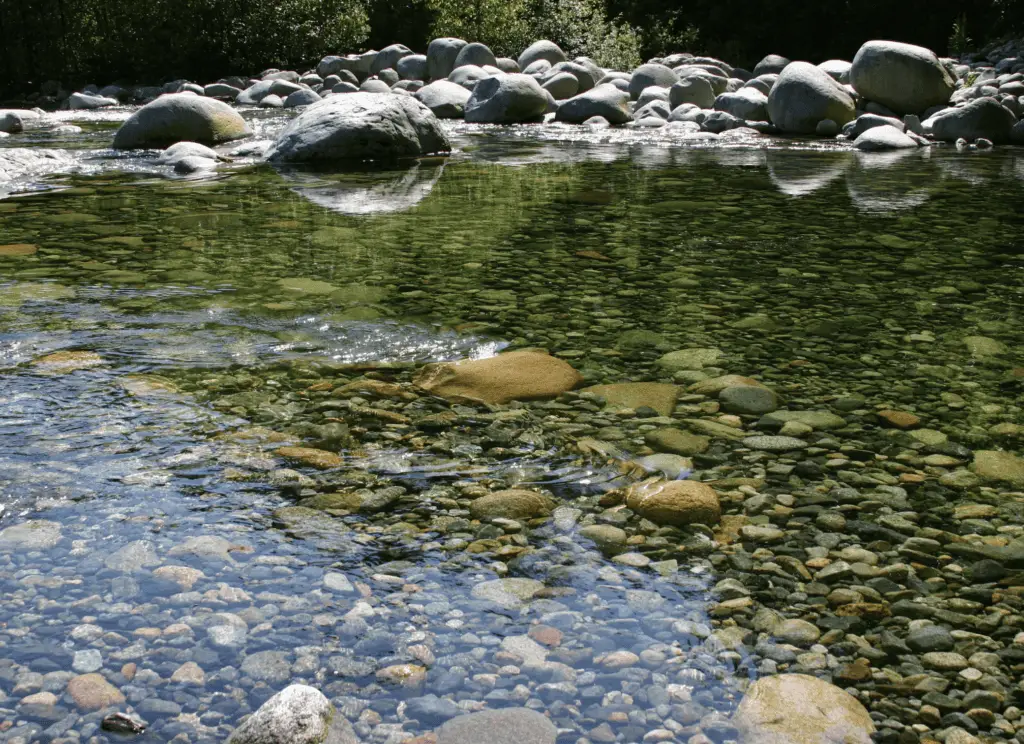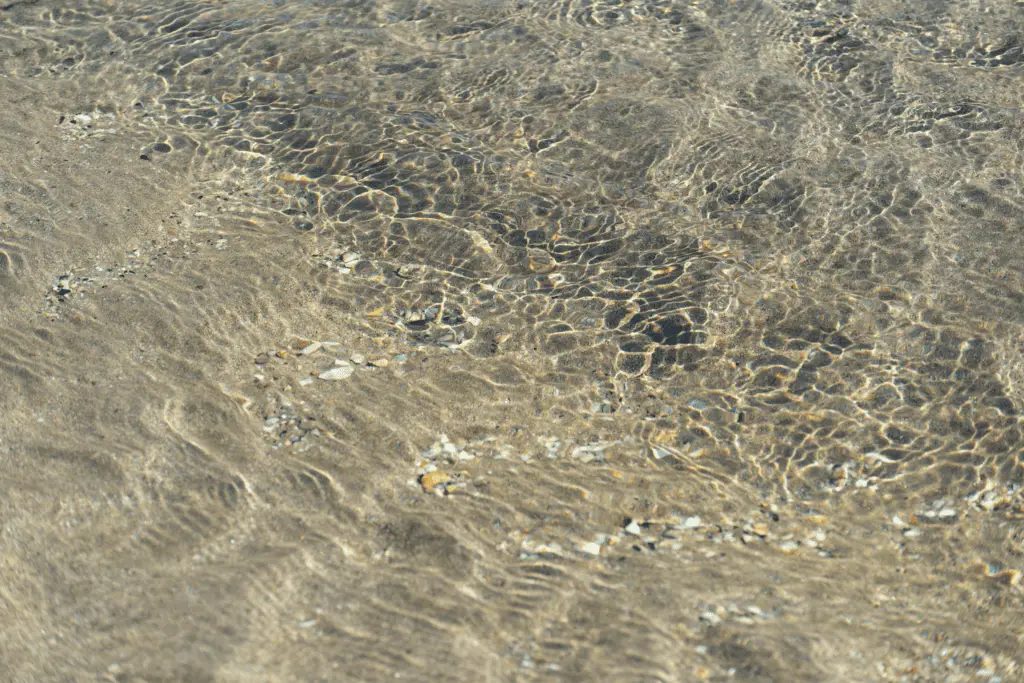Water is fundamental to life. Yet, access to clean, potable water remains a global challenge. This article dives into a simple but ingenious technique that nature has been using for eons, and human ingenuity has refined over centuries: filtering water through sand.
The Basic Principle
Picture yourself strolling along a pristine beach. As waves lap over the sand, you notice the water filtering through the grains, leaving behind any impurities. This natural process serves as the basis for sand filtration.
The concept is straightforward: water percolates through sand, trapping particles, contaminants, and in some cases, even harmful bacteria. The end result? Cleaner, safer water.
The Anatomy of a Sand Filter
A sand filter is more than just a heap of sand. Let’s break it down into its three main layers:
- Gravel Base: The bottom layer consisting of coarse gravel. It supports the layers above and aids drainage.
- Fine Sand Layer: This middle layer performs most of the filtration work. It’s typically made up of fine sand grains, providing a dense medium to trap particles.
- Coarse Sand Layer: The topmost layer of larger sand grains, designed to capture larger particles before they reach the fine sand.
These three layers work together, acting as a physical barrier to contaminants.
The Filtration Process
Let’s walk through the process as if we were a droplet of water on a journey through a sand filter:
Pre-Filtration
Our journey begins at the coarse sand layer. Here, we encounter the larger sand grains, designed to block larger contaminants such as leaves, debris, or insects.
Main Filtration
Next, we dive into the fine sand layer. It’s here, in this labyrinth of tiny sand grains, that the magic happens. This layer acts like a dense forest, trapping smaller particles we might carry.
Post Filtration
Finally, we pass into the gravel base. By now, we’re much cleaner than when we started. This layer simply aids in drainage, leading us out of the sand filter and into a collection area.

Biological Component of Sand Filtration
Remember that pristine beach scene? Here’s where it gets even more interesting. Over time, a layer known as the “Schmutzdecke” or “dirty layer” forms at the top of the sand filter. This layer is rich in beneficial bacteria and microorganisms, which consume pathogens, thus adding a biological component to the filtration process.
Effectiveness and Limitations
Like any tool, sand filters come with their strengths and limitations. Here’s a quick snapshot:
| Strengths | Limitations |
|---|---|
| Simple to construct | Not effective against all pathogens |
| Low-cost material | Regular maintenance required |
| Can be used in various settings | Slow filtration process |
History of Sand Filtration
Sand filters didn’t spring up overnight. In fact, the roots of this system trace back to ancient times. The Egyptians, Greeks, and Romans were among the first to leverage the filtering power of sand for their water supplies. As technology evolved, so did the sophistication of sand filters. In the 1800s, the first rapid sand filter was used to treat public water supplies, paving the way for modern filtration methods.
Components of an Effective Sand Filter
Building an effective sand filter depends on several components. Let’s dissect them:
- Sand: As the primary filtration medium, the quality and granularity of sand are critical.
- Gravel: This aids in drainage and prevents the sand from escaping.
- Container: The size of the container dictates the volume of water that can be filtered at once.
- Input and Output: A well-designed filter will have clear points of entry and exit for water.
- Maintenance: Regular cleaning is vital to prevent clogging and maintain efficiency.
Applications of Sand Filtration
Beyond individual use, sand filtration has found application in a wide range of industries:
- Water Treatment Plants: Large scale sand filters are used to purify water for entire cities.
- Wastewater Treatment: Sand filters help remove particles and pollutants from wastewater.
- Aquaculture: In fish farming, sand filters keep the water clean and suitable for the fish.
- Swimming Pools: Sand filters are popular in maintaining the cleanliness of pool water.

DIY Sand Filter
Believe it or not, you can build a simple sand filter at home. All you need is a container, gravel, and sand. Layer the materials in the container, starting with gravel at the bottom, then fine sand, and finally coarse sand at the top. Pour water into the top, and voila! Watch as cleaner water emerges from the bottom.
Conclusion
While the world explores complex and high-tech solutions for water purification, the humble sand filter continues to stand tall. It reminds us that sometimes, simple solutions can be incredibly effective. From ancient societies to modern water treatment plants, sand filters are a testament to the enduring power of nature and human ingenuity. This efficient, versatile technology truly forms a grain of truth in the quest for clean water.
Frequently Asked Questions
Q1: How often should a sand filter be cleaned?
A: The sand filter should be cleaned at least once a year or whenever the flow of water significantly slows down. Regular maintenance is critical to ensure its efficiency.
Q2: Can sand filters remove chemicals from water?
A: While sand filters are good at removing particulate matter and some pathogens, they are not efficient at removing dissolved chemicals. For chemical contaminants, other treatments like activated carbon or reverse osmosis may be needed.
Q3: How can I improve the effectiveness of a sand filter?
A: Regular cleaning and maintenance can enhance the effectiveness of a sand filter. Also, using the correct type and size of sand is critical. Additionally, allowing the formation of a biological layer or “Schmutzdecke” can enhance pathogen removal.
Q4: Is filtered water from a sand filter safe to drink?
A: Sand-filtered water is generally safer to drink than untreated water. However, it may not remove all types of contaminants, especially chemical pollutants and certain pathogens. Therefore, it’s often recommended to use additional purification methods, particularly in areas where water is heavily contaminated.
Q5: Can a sand filter be used for saltwater?
A: Yes, a sand filter can be used for saltwater. However, it will not desalinate the water or remove the salt content. For that, a process like reverse osmosis is required.









